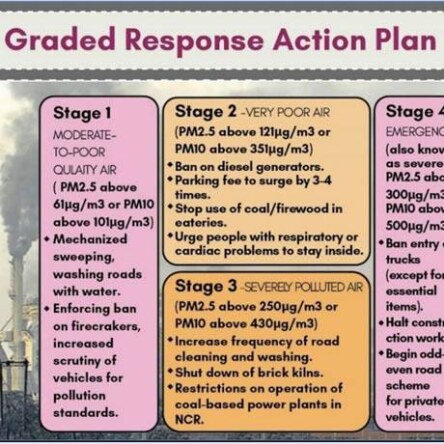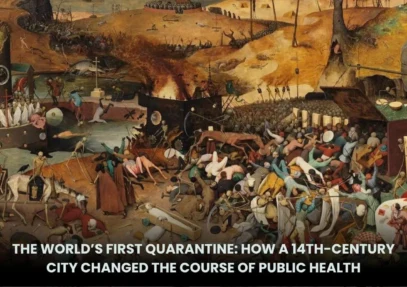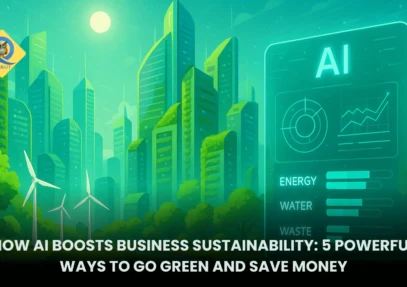What are fossils, and how are they formed?
The onset of the 13th century heralded the fragmentation of the once-mighty Chola and Chalukya empires, paving the way for the emergence of four distinct kingdoms within the region. To the south, the Pandyas and Hoysalas rose to prominence, while the northern territories saw the ascendance of the KaRead more
The onset of the 13th century heralded the fragmentation of the once-mighty Chola and Chalukya empires, paving the way for the emergence of four distinct kingdoms within the region. To the south, the Pandyas and Hoysalas rose to prominence, while the northern territories saw the ascendance of the Kakatiyas and Yadavas as influential powers. Simultaneously, the Gurjara-Pratihara dynasty was effectively eradicated from the political arena by the invading Ghaznavids in the early 11th century.
Following the disintegration of the Gurjara-Pratihara empire, no single state emerged to fill the void. Instead, a tapestry of smaller, independent powers took root, including the Gahadavalas in Kannauj, the Paramaras in Malwa, the Chalukyas in Gujarat, the Chauhans in Ajmer, the Tomars in Delhi, and the Chandellas in Bundelkhand, each vying for control and influence.
The timelines of these dynasties are noteworthy: the Hoysala dynasty thrived from the 10th to the 14th centuries, the Gahadavala rulers reigned during the 11th to 12th centuries, the Kakatiya rulers held power from the 12th to the 14th centuries, and the Yadava rulers dominated from the 12th to the 14th centuries.
See less







Fossils are the preserved remains, impressions, or traces of organisms that lived in the past. These can include bones, shells, leaves, or even footprints. Fossils provide important insights into the history of life on Earth, showing how different species have evolved over millions of years. How FosRead more
Fossils are the preserved remains, impressions, or traces of organisms that lived in the past. These can include bones, shells, leaves, or even footprints. Fossils provide important insights into the history of life on Earth, showing how different species have evolved over millions of years.
How Fossils Are Formed
Fossil formation, or fossilization, is a rare occurrence that usually involves several key steps:
Types of Fossils
Fossils are crucial for understanding the Earth’s history, the evolution of life, and the environments of the past.
See less